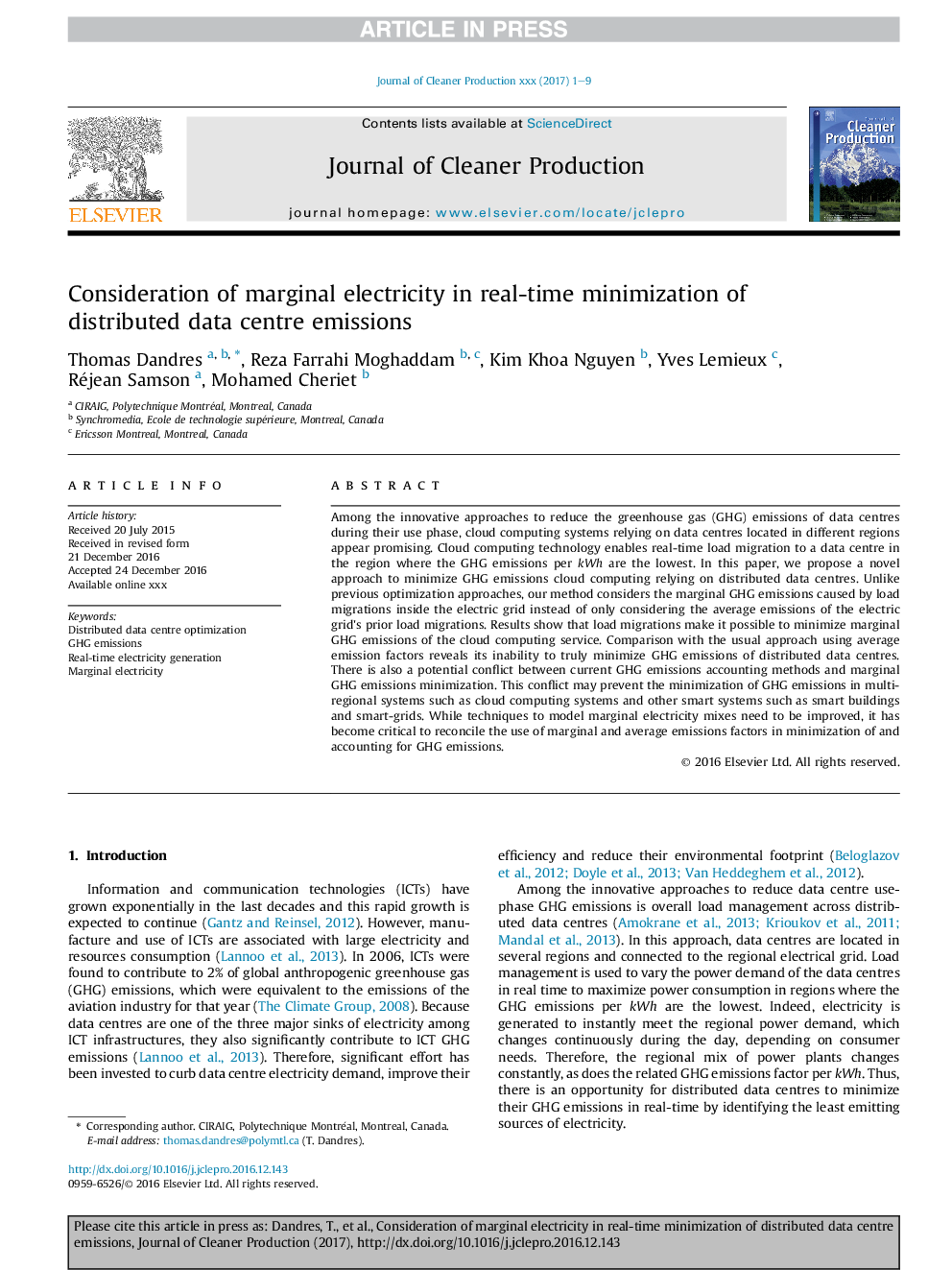ترجمه فارسی عنوان مقاله
در نظر گرفتن برق حاشیه ای در زمان واقعی به حداقل رساندن انتشار داده ها مرکز انتشار
عنوان انگلیسی
Consideration of marginal electricity in real-time minimization of distributed data centre emissions
| کد مقاله | سال انتشار | تعداد صفحات مقاله انگلیسی |
|---|---|---|
| 89629 | 2017 | 9 صفحه PDF |
منبع

Publisher : Elsevier - Science Direct (الزویر - ساینس دایرکت)
Journal : Journal of Cleaner Production, Volume 143, 1 February 2017, Pages 116-124
ترجمه کلمات کلیدی
بهینه سازی مرکز داده توزیع شده، انتشار گازهای گلخانه ای، تولید برق در زمان واقعی، برق مرزی،
کلمات کلیدی انگلیسی
Distributed data centre optimization; GHG emissions; Real-time electricity generation; Marginal electricity;

